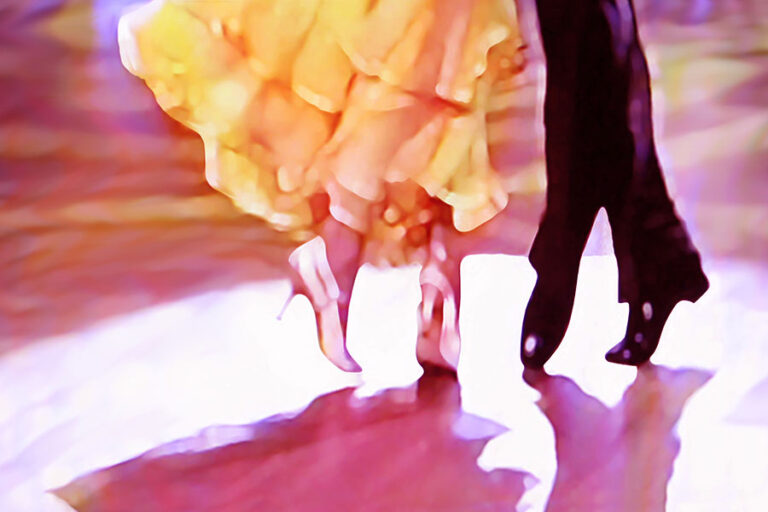
One way to get spects to do things is to instruct them. When the instructions are delivered out of story, this is called cueing. Cueing can be done with hidden notes, verbal offstage instructions , or by secretly whispering to spects while on stage.
While facing away from the audience, Bill whispers to the spect, “When I put my hand on your knee, slap my cheek.” Later, when Bill flirtatiously touches the spect’s knee, she gives him a little slap on the cheek. The audience laughs, admiring the spect’s confidence in playing.
Covert cueing can make magical things happen from the audience’s perspective. Spects appear to initiate their own offers that are actually part of the planned performance.
Cueing can be overt as well. In “storytelling” formats, the performer delivers the instructions through narration. Then the spect does whatever the performer has described.
The performer narrates, “As Little Red Riding Hood was skipping through the woods, the wolf gave a terrifying howl.” The spect playing the wolf gives an embarrassed smile, and then an anemic howl. The narrator reiterates, “A terrifying howl.” The spect gives a more terrifying howl, and the audience applauds his effort.
Cueing has been successfully used in interactive comedy for years. Most spects will do as they’re told so they don’t mess up the show. It also conditions spects to await further instructions before doing anything more. Cueing has its place, but if you want your spects to be more than puppets, use it sparingly. Backleading is a more effective way to help spects become true co-creators.
Updated: August 22, 2024





